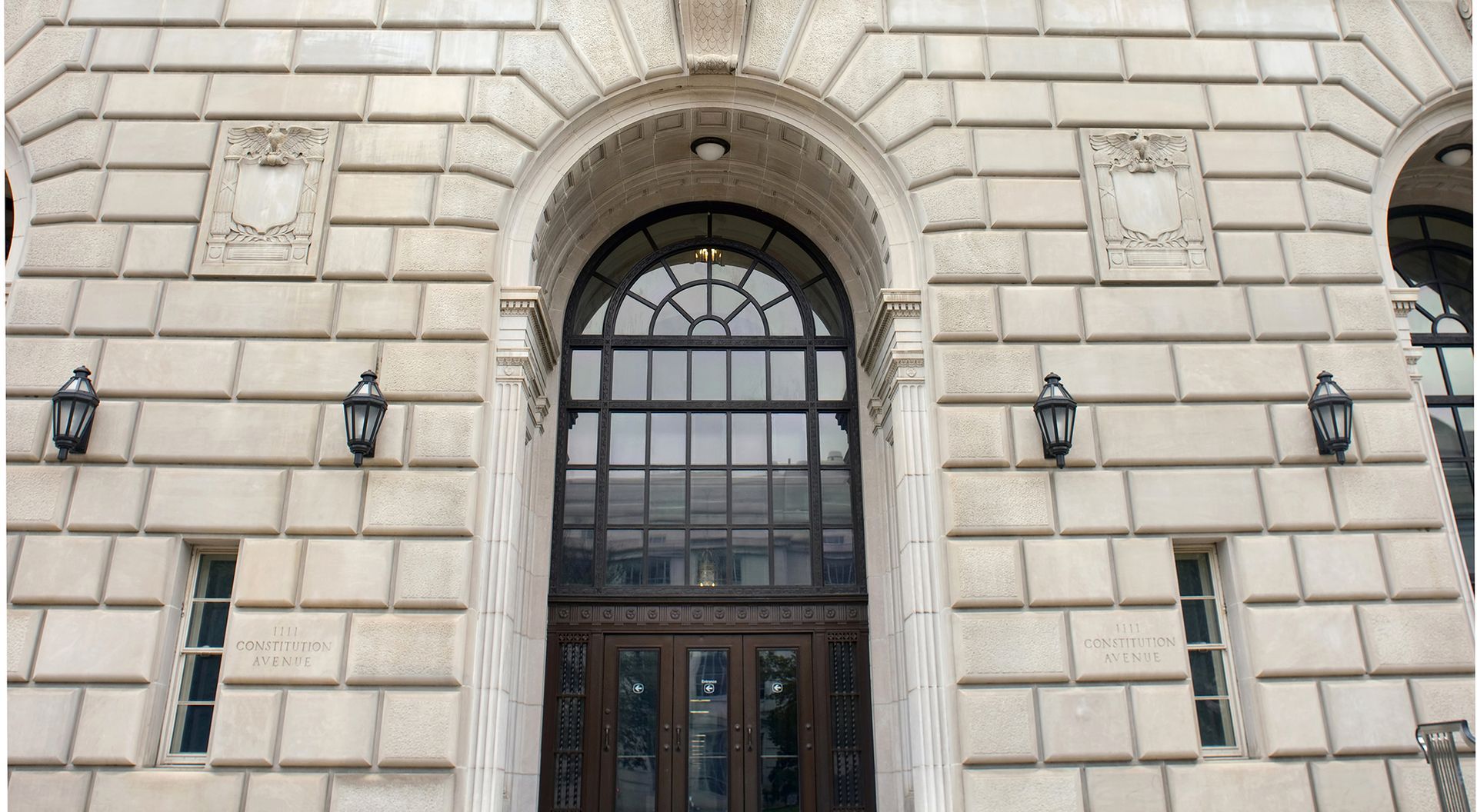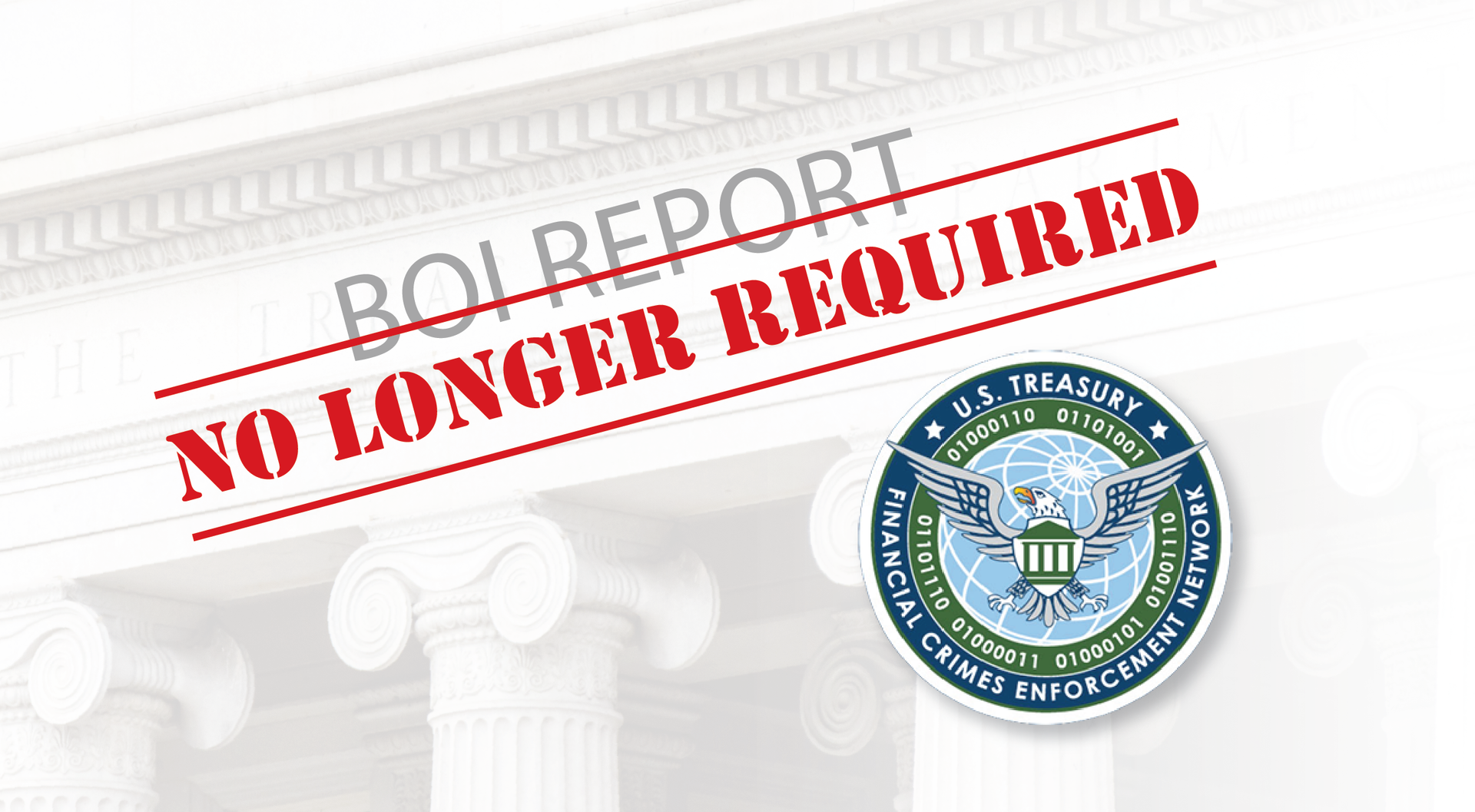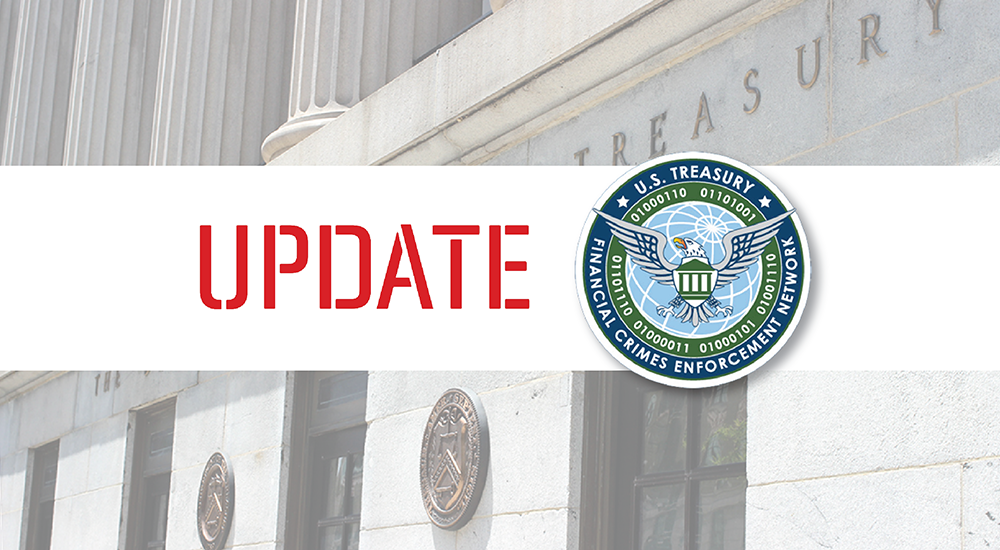Banking and Business Monthly – October 2024
SCOTUS Clarifies National Banking Act Preemption Standard

This past May, the Supreme Court of the United States clarified the boundaries between state and federal banking laws in Cantero v. Bank of America. This ruling not only addresses the preemption of state laws by the National Bank Act (“NBA”), but also sets the stage for significant legal debates over the powers of national banks. As banks navigate an evolving regulatory landscape, this case provides much-needed industry clarity.
The Court's unanimous decision clarified that federal preemption of state banking law occurs only under very specific conditions: primarily when a state law either discriminates against national banks or prevents or significantly interferes with their federally granted powers.
The dispute underlying Cantero arose from a New York law mandating that banks with escrow accounts for mortgage loans pay borrowers at least 2% interest annually. Bank of America, which does not pay interest on such accounts, argued that this state law was preempted by the NBA. The bank maintained that the federal Real Estate Settlement Procedures Act (“RESPA”) allows national banks to have escrow accounts without requiring interest payments--thus rendering the New York state law inconsistent with federal law.
Initially, the U.S. District Court for the Eastern District of New York sided with the borrowers, ruling that the New York law could coexist with federal regulations. However, the Second Circuit reversed this decision, asserting that federal law preempts any state law that attempts to control the operations of federally chartered banks.
The Supreme Court vacated the Second Circuit's ruling, remanding the case for further consideration. In his opinion, Justice Kavanaugh emphasized that the preemption standard is rooted in the Dodd-Frank Wall Street Reform and Consumer Protection Act of 2010. According to this standard, a state law is preempted if it either discriminates against national banks compared to state banks or prevents or significantly interferes with the exercise of a national bank's powers, referencing precedent set in Barnett Bank of Marion County, N.A. v. Nelson, 517 U.S. 25 (1996).
The Court did not elaborate on the specific circumstances that would constitute “significant interference,” leaving it to lower courts to clarify in the coming years. While the Court recognized a desire for clearer guidelines, it reiterated Congress’ intent for a comparative analysis rather than a straightforward preemption rule.
When determining whether a state law is preempted by the NBA, SCOTUS instructs us to make a practical assessment of the nature and degree of interference with national bank powers caused by the state law. Thanks go to Gabriel Kokoszka for his assistance with this month’s article. For inquiries or to schedule a free initial consultation on your banking or business matter, please contact me at smigala@lavellelaw.com or (847) 705-7555.
More News & Resources
Lavelle Law News and Events












